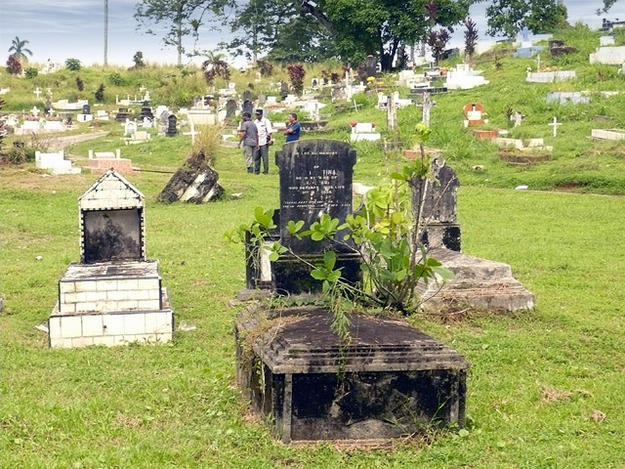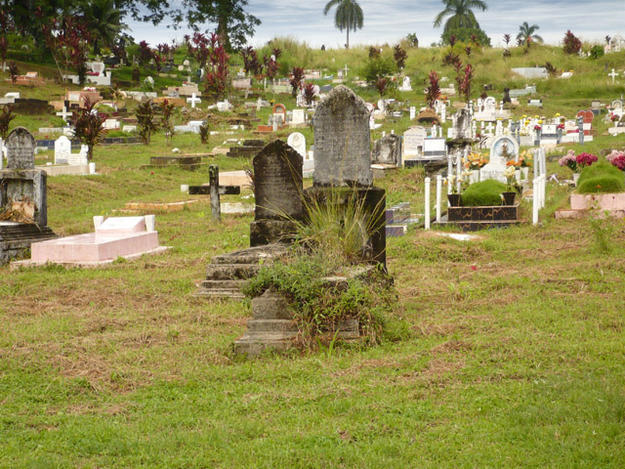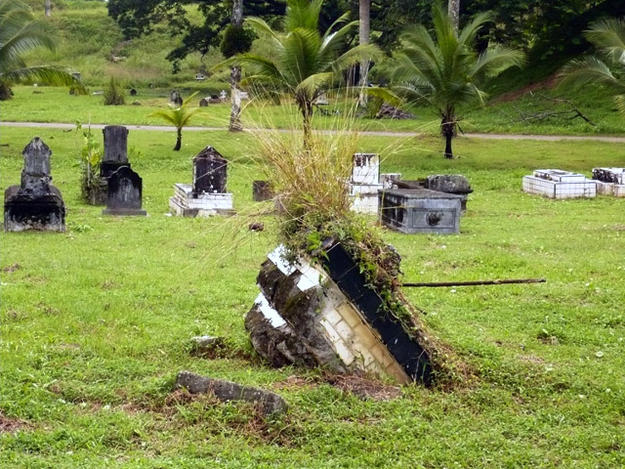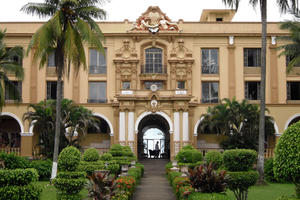Mount Hope Cemetery
2010 World Monuments Watch
At the Atlantic terminus of the Panama Canal, within the gates of Mount Hope Cemetery, the landscape of graves reveals some of Panama’s rich history. Originally known as the Monkey Hill Cemetery, Mount Hope became the burial ground for black West Indian immigrants who died working on the intercontinental Panama Railroad for the American Panamanian Railroad Corporation between 1850 and 1855. As work began on the canal, first with the French Canal Company (1880–1889) and later during the American period (1904–1914), the cemetery became the resting place for thousands of Jamaican, Barbadian, and other West Indian canal laborers, known as the Silver People.
During the time of the railroad, a policy of separate payrolls based on race was first implemented; the French adopted the practice, and the Americans continued the segregated system through the Gold and Silver Rolls. “Gold” referred to the primarily white American employees, who received higher pay and more privileges. “Silver” were the nonwhites subjected to inferior working and living conditions, and were likewise segregated in death. Together with the Corozal Cemetery, located at the Pacific end of the Panama Canal, these burial landscapes are an important reminder of the lives lost to one of the most significant and iconic water passages in the world, and of the racial, social, and economic exclusion many suffered in its construction.
Grossly neglected for years, many of the gravestones are overgrown and deteriorating, while some graves have been completely exhumed. Encroaching industrial development and attempts by the Authority of the Panama Canal to expand the waterway further jeopardize the site.
Since the Watch
Inclusion on the 2010 World Monuments Watch helped to raise awareness about the history of the Panama Canal workers known as the Silver People. Legislation has now been introduced to protect and preserve these two cemeteries. July 2010




